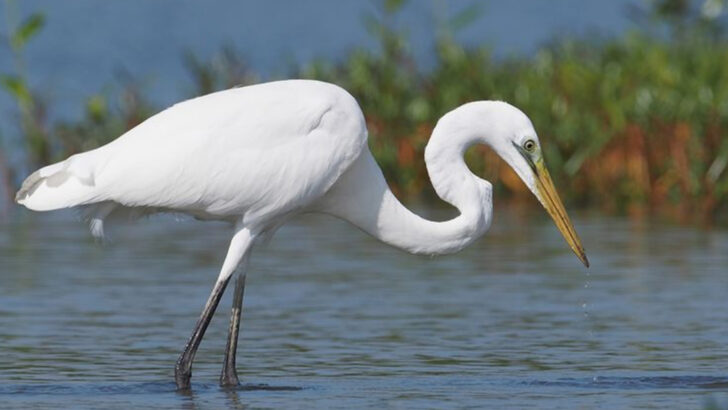The LA River was once declared dead—now it’s crawling, flying, swimming, and leaping with life.
For decades, it was little more than a concrete ditch.
Toxic runoff, trash, and silence filled its waters.
Wildlife? Gone. Forgotten.
But nature doesn’t give up that easily.
After years of restoration, this once-broken river is writing a wild new chapter.
Birds are nesting. Frogs are singing. Fish are darting through the current.
And animals that vanished for generations? They’re back—like they never left.
This is more than a comeback. It’s a wild rebirth in the heart of one of America’s biggest cities.
Here are 23 incredible animals reclaiming their place in the LA River—and proving that even the most damaged places can rise again.
Great Blue Heron
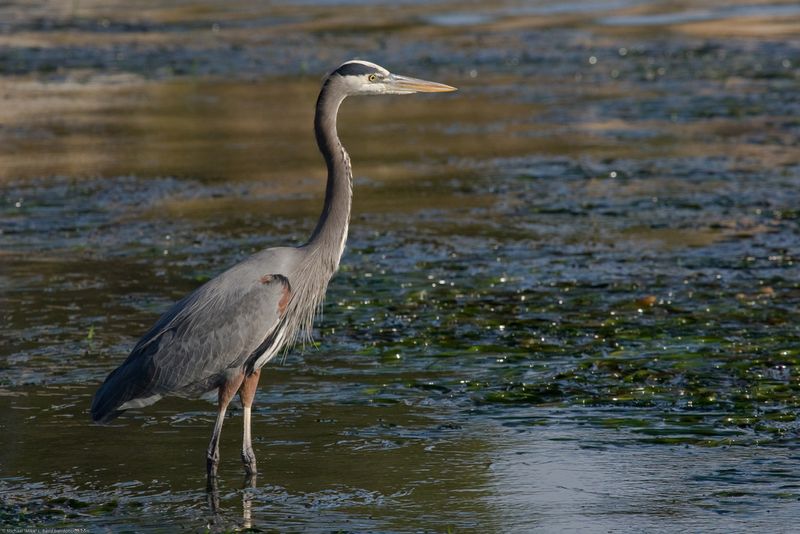
With a wingspan that can stretch over six feet, the Great Blue Heron is a sight to behold along the Los Angeles River. This elegant bird reclaims its historical habitat, striking a picturesque silhouette against the urban skyline.
Once scarce due to pollution, the heron now thrives, fishing gracefully in the revitalized waters. Their return signifies cleaner water and richer biodiversity. Conservationists celebrate the heron’s comeback as a symbol of ecological revival, inspiring ongoing restoration efforts.
Did you know? These birds can hunt both day and night, thanks to a high percentage of rod-type photoreceptors in their eyes.
Western Pond Turtle
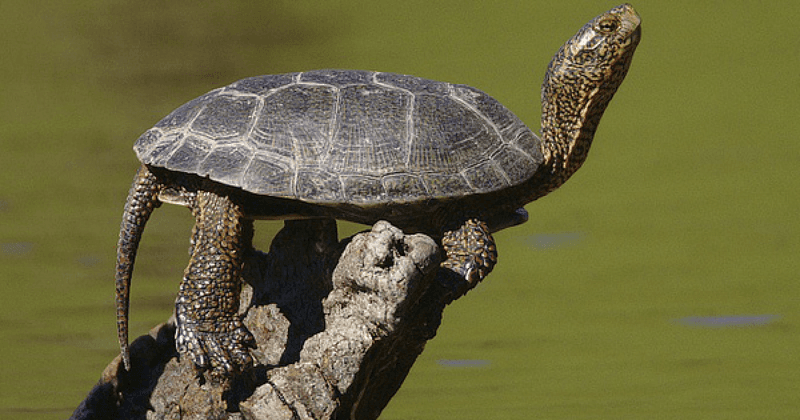
The Western Pond Turtle, once nearly invisible in the polluted Los Angeles River, now basks under the California sun, reclaiming its role in the ecosystem. These turtles are pivotal in maintaining aquatic health, controlling insect populations naturally.
Their shells, glistening against the rocky riverbanks, echo stories of survival and adaptation. With improved water quality, their presence is a hopeful indicator of successful conservation.
Remarkably, these resilient creatures can live up to 50 years, outlasting many challenges, including urban encroachment and habitat loss.
Belding’s Savannah Sparrow
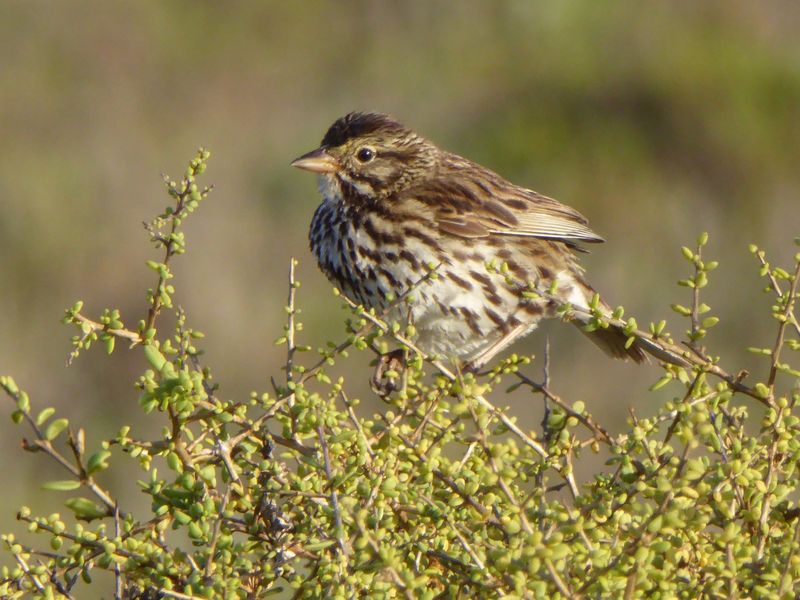
With a distinctive, melodic song, the Belding’s Savannah Sparrow enchants visitors to the Los Angeles River. Once displaced by urban sprawl, this sparrow finds refuge among the revitalized wetlands.
Its bright plumage stands out against the lush reeds, symbolizing both beauty and resilience. The sparrow’s return underscores the importance of habitat restoration, providing hope for other threatened species.
Interestingly, these birds are known for their site fidelity, often returning to the same nesting grounds annually, showcasing a deep connection to their environment.
Southern Pacific Rattlesnake
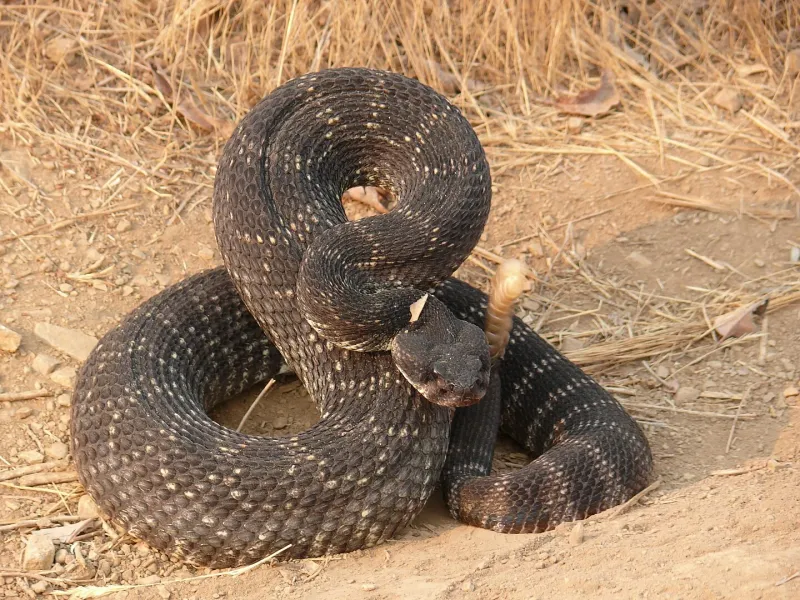
The Southern Pacific Rattlesnake, with its cryptic patterns and intimidating rattle, is an important predator along the Los Angeles River. This snake controls rodent populations, playing a crucial role in the ecosystem’s balance.
Once driven away by habitat degradation, their reappearance aligns with improved environmental conditions. Observing these snakes reminds us of the intricate web of life thriving in urban spaces.
Surprisingly, their venom composition varies by region, adapting to local prey—a fascinating aspect of their biology.
California Killifish
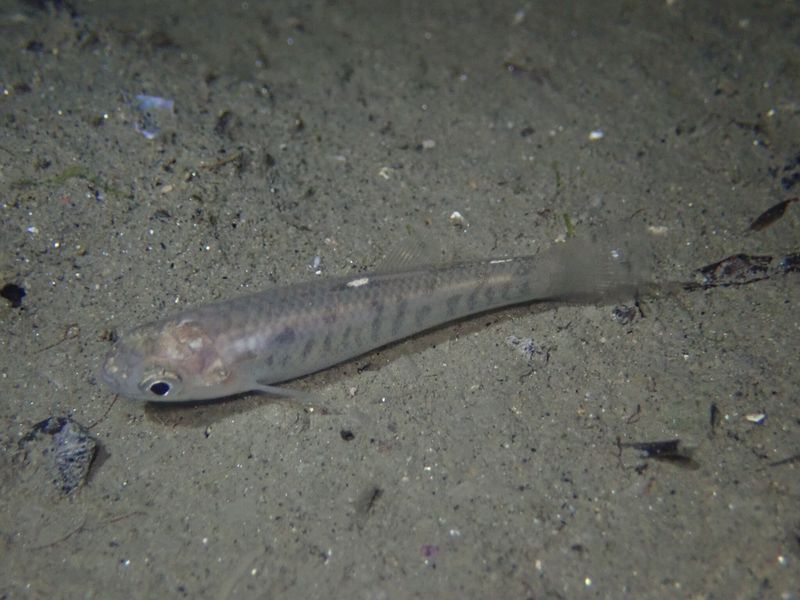
The California Killifish, a small yet vibrant presence in the Los Angeles River, signifies water quality improvements. Once scarce, these fish now dart through the clearer waters, their scales shimmering in the sunlight.
They play a key role in the aquatic food web, feeding on algae and insects. Their return is a promising sign of ecological recovery.
Did you know? These resilient fish can survive in varying salinities, from freshwater to brackish environments, showcasing their adaptability to changing conditions.
Green Heron
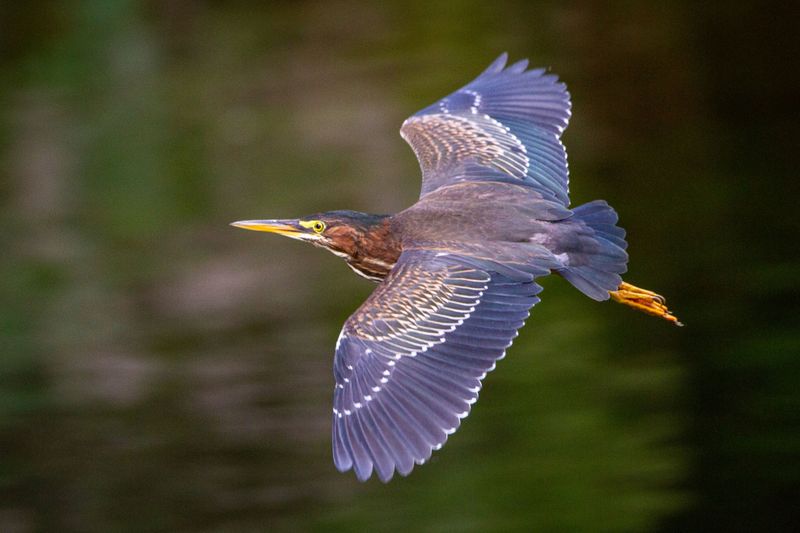
The Green Heron, with its striking plumage and stealthy hunting techniques, is a welcome sight along the Los Angeles River. This bird’s return highlights the successful habitat restoration and cleaner waterways.
Known for using tools, like insects or twigs, to lure fish, the Green Heron showcases remarkable intelligence. Its presence indicates healthier fish populations, crucial for maintaining ecological balance.
Interestingly, these herons are often seen alone or in pairs, highlighting their solitary nature while hunting.
Red-eared Slider
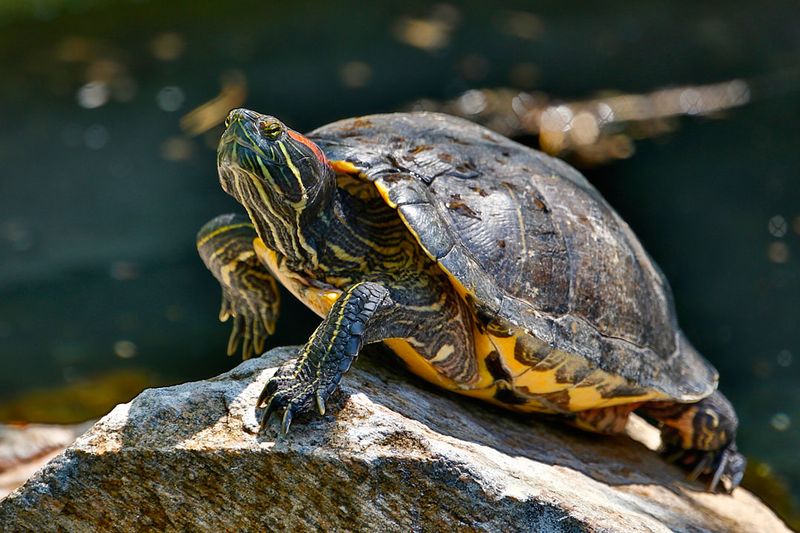
The Red-eared Slider, recognizable by its vibrant red patches, adds a splash of color to the Los Angeles River. Known for their adaptability, these turtles thrive in diverse water conditions, reflecting the improving environment.
Their comeback is a testament to successful pollution control and conservation efforts. As they sunbathe on logs, they symbolize the harmonious coexistence of urban wildlife.
Fun fact: Despite being non-native to California, these turtles have established themselves successfully, showcasing nature’s adaptability to new habitats.
Double-crested Cormorant
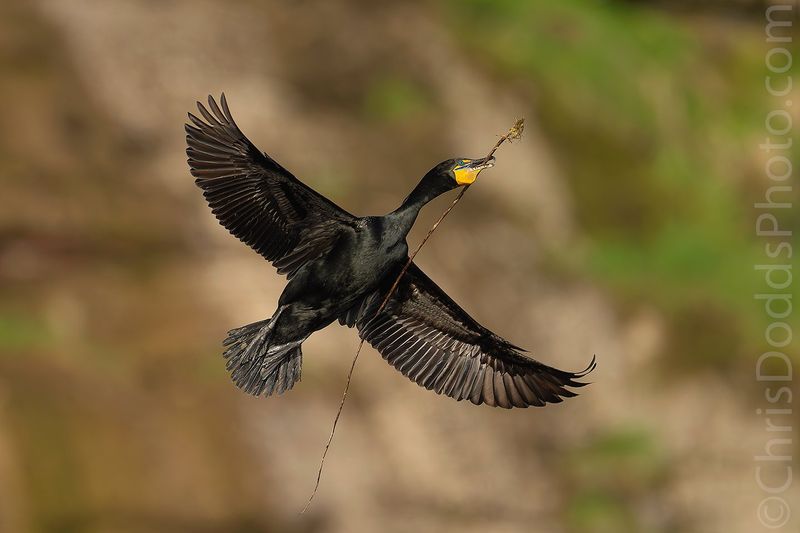
The Double-crested Cormorant, a masterful diver, graces the skies and waters of the Los Angeles River. With wings outstretched, they plunge into the river, emerging with glistening fish—a sign of thriving aquatic life.
Pollution once drove these birds away, but their return signifies a healthier ecosystem. Their elegant presence also attracts birdwatchers, boosting eco-tourism.
Interestingly, these cormorants have less preen oil than other birds, which helps them dive but makes drying their wings necessary—a unique adaptation.
American Bullfrog
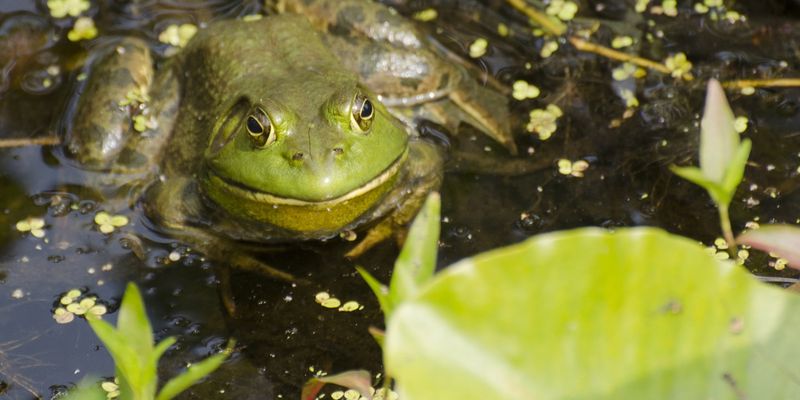
The American Bullfrog, known for its deep, resonant croak, has made a notable return to the Los Angeles River. These amphibians, once dwindling, now thrive, feeding on insects and small fish in their revitalized habitat.
Their presence highlights the river’s improved health and biodiversity. Despite being non-native, they play a role in the ecosystem’s dynamics.
Did you know? Bullfrogs are prolific jumpers, capable of leaping distances ten times their body length, a trait that aids in both hunting and escape.
Mallard Duck
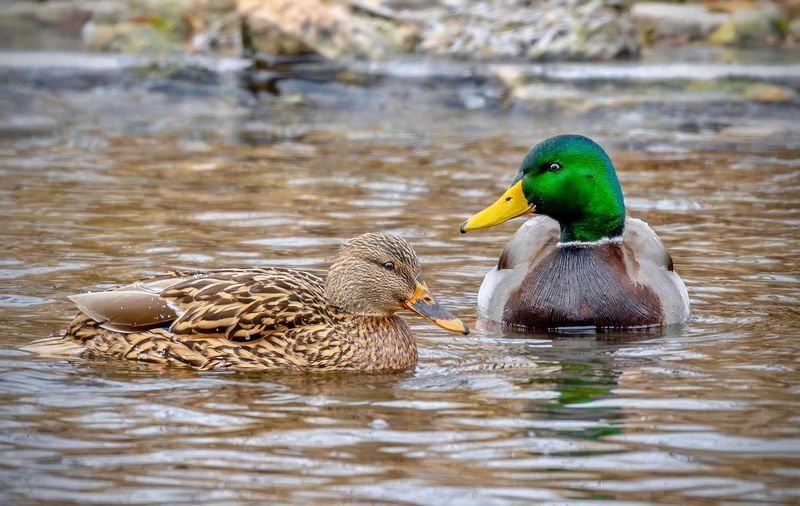
The Mallard Duck, with its iconic green head and gentle quacks, graces the waters of the Los Angeles River once more. Their presence speaks volumes about restored water quality, as they forage for aquatic plants and insects.
Mallards are social birds, often seen in flocks, adding vibrancy to the river’s ecosystem. These ducks are known for their adaptability, thriving in both urban and rural settings.
Interestingly, the iridescence of a male mallard’s head changes color depending on the angle of sunlight, creating a dazzling display.
Common Yellowthroat
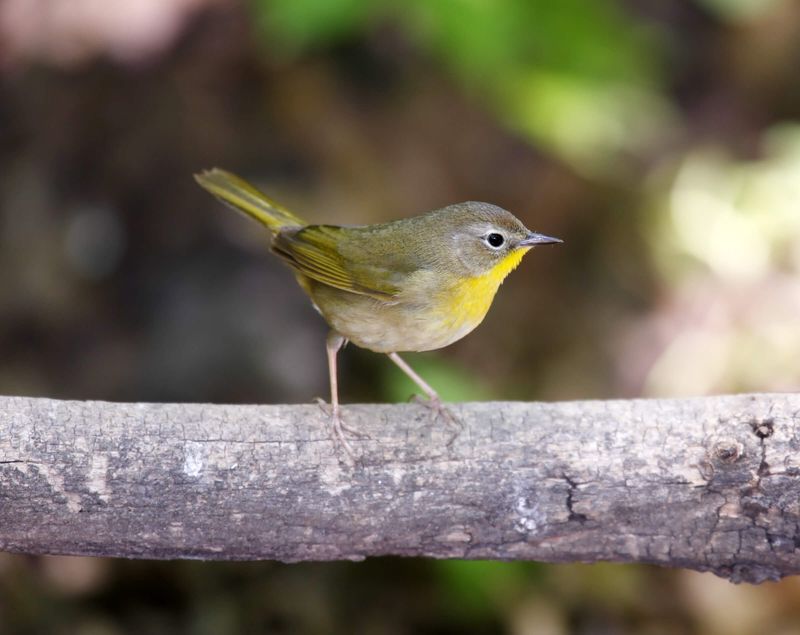
The Common Yellowthroat, with its distinctive black mask and vibrant yellow throat, returns to the Los Angeles River’s lush banks. This small warbler, once pushed out by pollution, now finds a thriving habitat amid the reeds.
Their melodic songs fill the air, signaling a healthy ecosystem. Their comeback underscores the success of ongoing conservation efforts.
Fascinatingly, these birds are partial migrants, with some populations staying year-round while others migrate seasonally, adapting to environmental changes.
American Coot
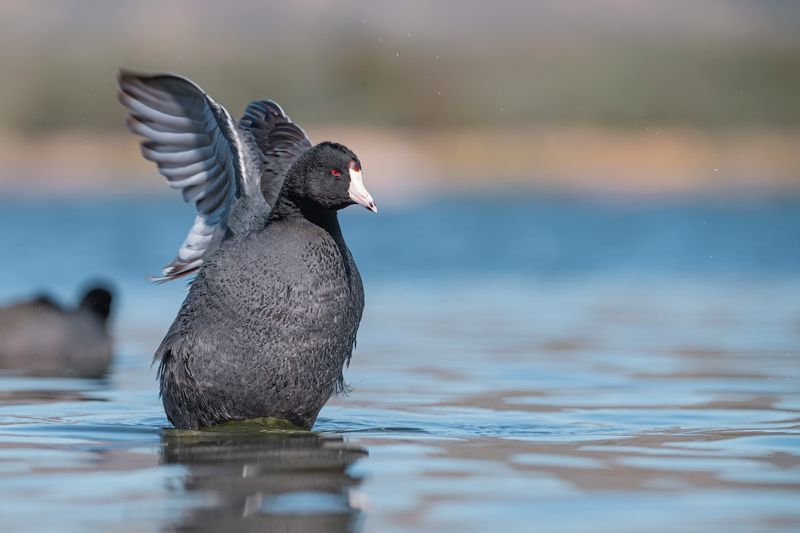
The American Coot, often mistaken for a duck, paddles through the Los Angeles River with determination. These birds are indicators of a healthy wetland, thriving as pollution levels decrease.
Coots feed on aquatic plants and insects, playing a vital role in maintaining the river’s ecological balance. Their presence is a positive sign of water quality improvements.
Interestingly, coots have lobed toes, which make them excellent swimmers, a unique trait among marsh birds.
Pacific Tree Frog
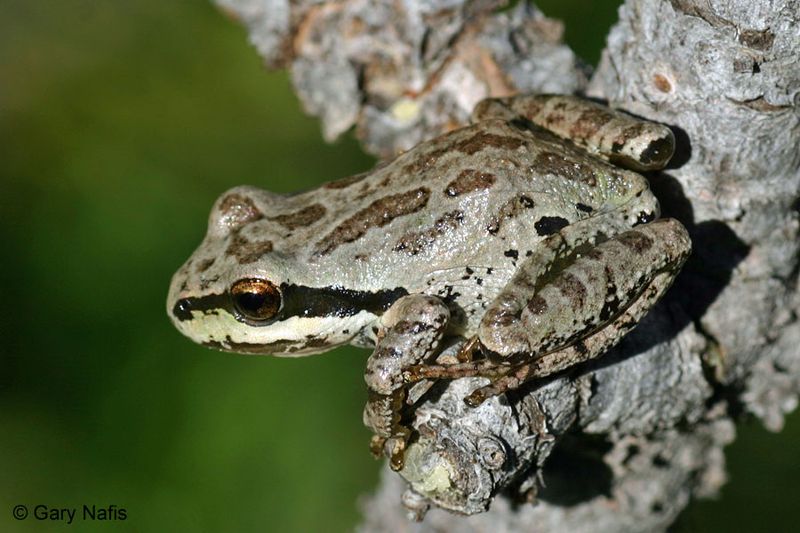
The Pacific Tree Frog, with its distinctive croak, has re-emerged along the Los Angeles River. These small amphibians, once threatened by habitat loss, play a crucial role in controlling insect populations.
Their vibrant colors and varied calls add a lively chorus to the river’s soundscape. Their presence highlights the river’s recovery, with cleaner waters supporting diverse life.
Did you know? Pacific Tree Frogs can change color to match their surroundings, a defensive adaptation against predators.
California Ground Squirrel
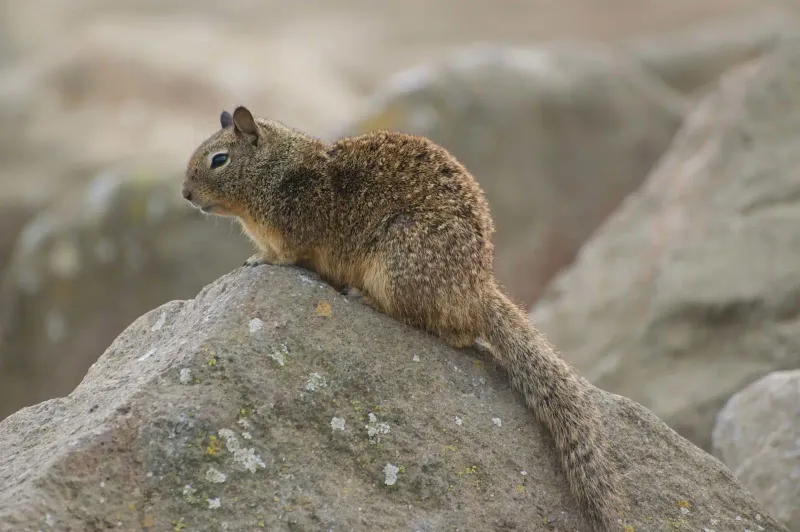
The California Ground Squirrel, with its curious demeanor and bushy tail, has made a comeback along the Los Angeles River. These squirrels contribute to soil health, turning the earth as they dig their burrows.
Their playful antics and social nature provide lively entertainment for visitors. As a native species, their return is welcomed as a positive sign of ecological restoration.
Interestingly, these squirrels are known for their alarm calls, which vary depending on the type of predator spotted, showcasing their complex communication skills.
Tree Swallow
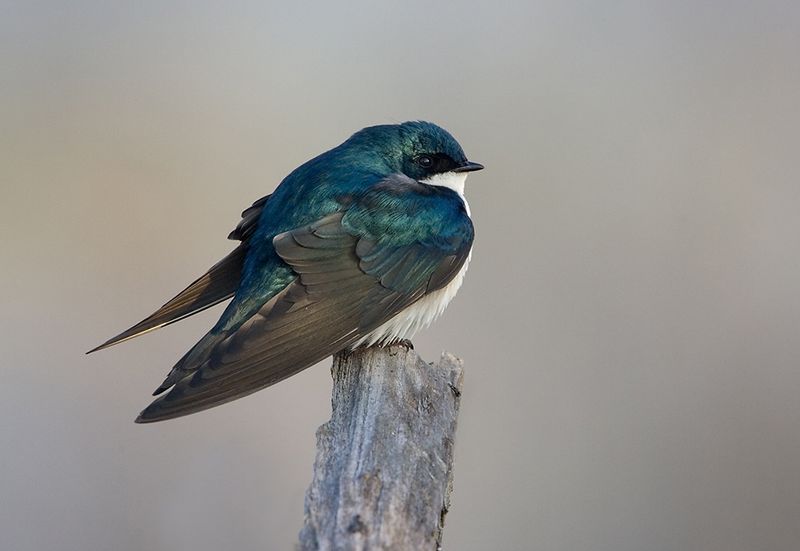
The Tree Swallow, with its acrobatic flight and shimmering blue plumage, graces the skies above the Los Angeles River. These small birds feed on flying insects, aiding in pest control.
Their return signifies improved air and water quality, as swallows require healthy environments to thrive. Their presence is a testament to the river’s ongoing restoration.
Did you know? Tree swallows can consume up to 2,000 insects per day during breeding season, highlighting their role in ecosystem health.
Osprey
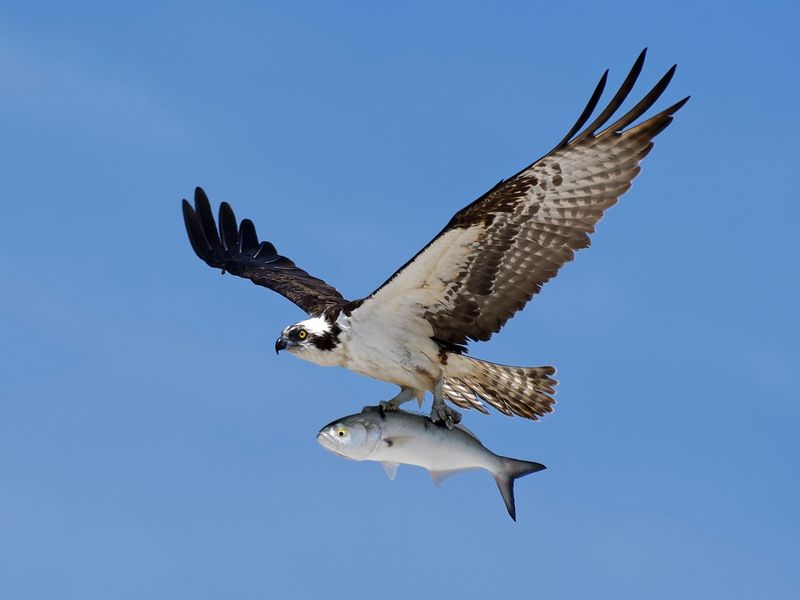
The Osprey, a powerful raptor known for its fishing prowess, has returned to the Los Angeles River. Once absent due to pollution, these birds now hunt in cleaner waters, reflecting ecosystem recovery.
Their impressive dives and sharp talons capture the attention of bird enthusiasts. The osprey’s return underscores the river’s revitalization, showcasing the success of conservation efforts.
Interestingly, ospreys have a reversible outer toe, allowing them to grasp fish with two toes in front and two behind, optimizing their catch.
Anna’s Hummingbird
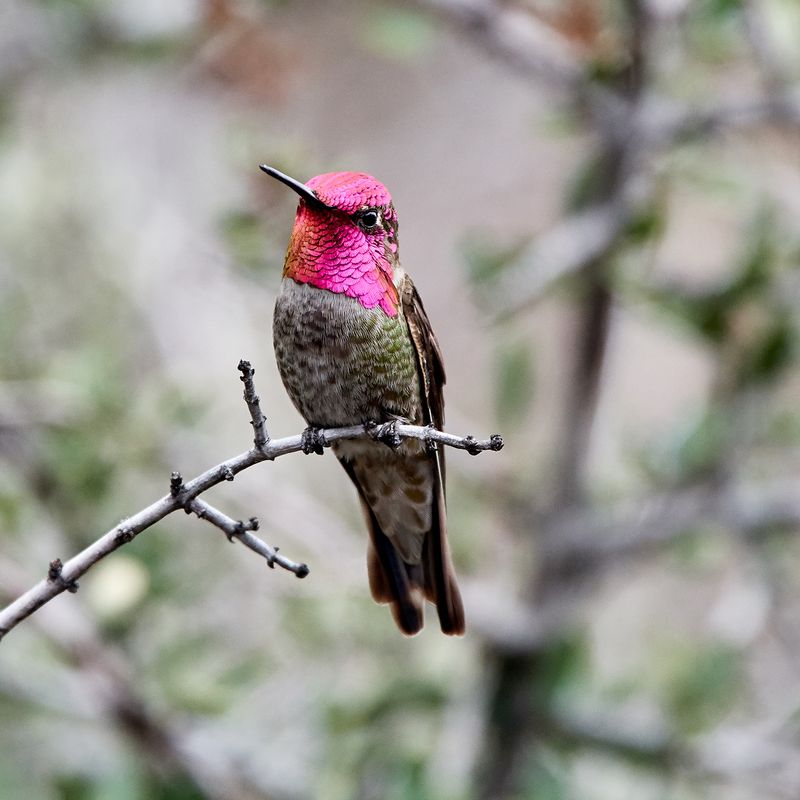
Anna’s Hummingbird, with its vibrant gorget and rapid wingbeats, adds a splash of color to the Los Angeles River’s revitalized areas. These small birds thrive on nectar and insects, aiding in pollination.
Their energetic presence signifies a flourishing ecosystem with abundant floral resources. Fascinatingly, Anna’s Hummingbirds are known for their territorial displays and high-speed dives, creating a distinctive sound with their tail feathers.
Their return highlights the river’s transformation into a supportive habitat.
Northern Rough-winged Swallow
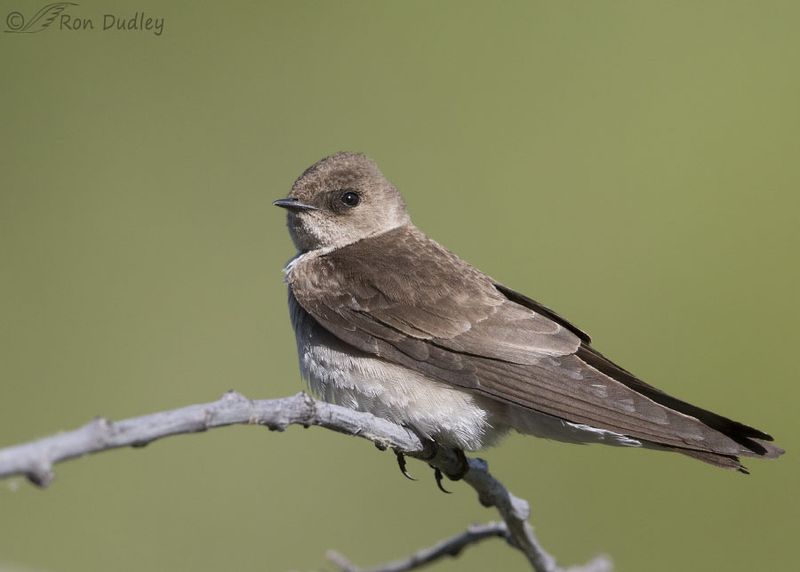
The Northern Rough-winged Swallow, with its understated elegance and agile flight, is a welcome visitor to the Los Angeles River. These swallows feed on insects, skimming the water’s surface with precision.
Their presence marks improved air and water quality, essential for their survival. As they dart through the sky, they contribute to the river’s lively atmosphere.
Interestingly, these swallows build nests in burrows, often using crevices in man-made structures, showcasing their adaptability to urban environments.
Black Phoebe
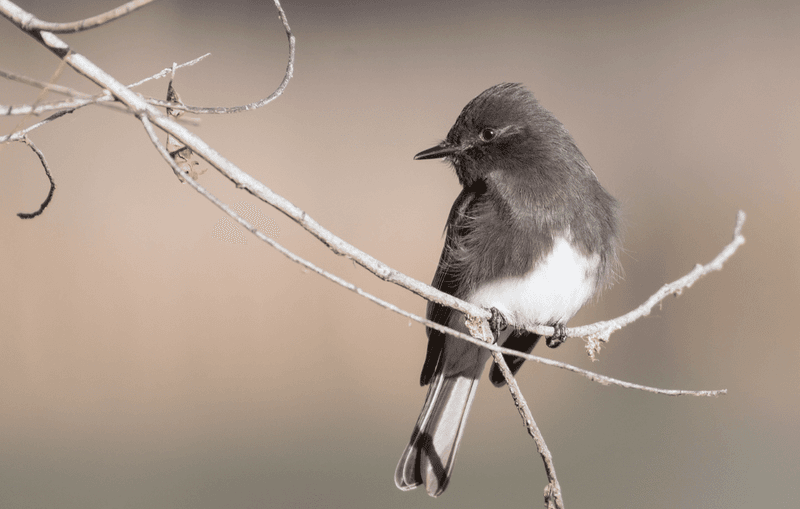
The Black Phoebe, a flycatcher with distinctive black and white plumage, has settled comfortably along the Los Angeles River. Known for their tail-wagging behavior, these birds hunt insects with agility.
Their return is a positive sign of ecosystem health, as they thrive in areas with clean water and abundant food sources. These birds often perch conspicuously, making them a favorite among birdwatchers.
Interestingly, Black Phoebes build mud nests, which are often reused or expanded over generations, highlighting their resourcefulness.
Great Egret
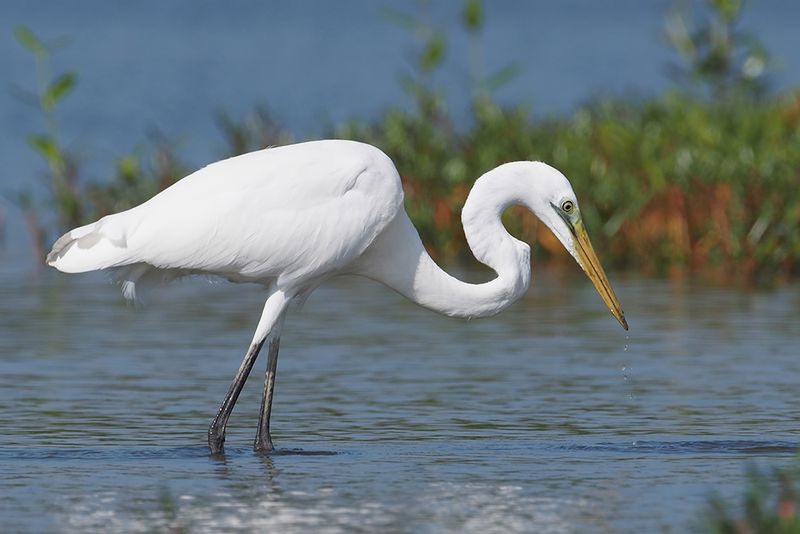
The Great Egret, a symbol of grace and patience, has made a notable return to the Los Angeles River. With their long necks and elegant movements, they are a captivating sight for visitors.
These birds play a crucial role in the ecosystem, controlling fish populations. Their comeback highlights the river’s improved health, attracting both wildlife and nature enthusiasts.
Interestingly, Great Egrets were once hunted for their plumes, which are now a protected feature, signifying successful conservation efforts.
Painted Lady Butterfly
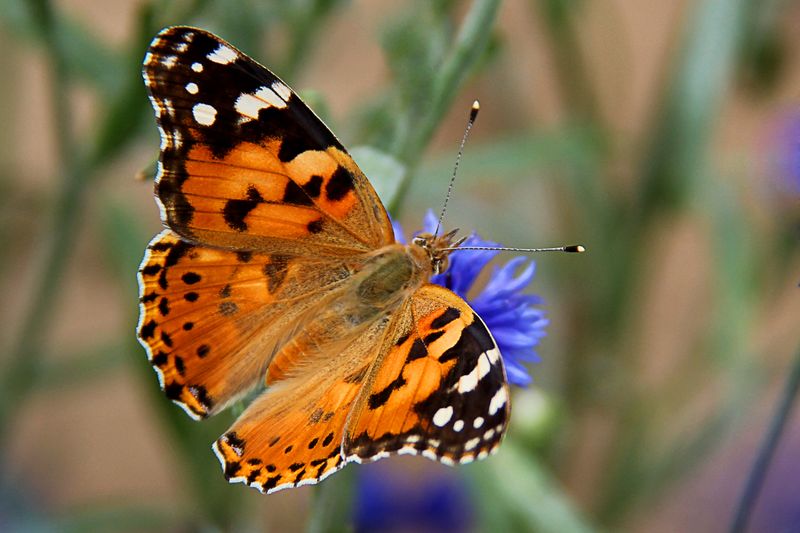
The Painted Lady Butterfly, with its vibrant hues and delicate flutter, is a seasonal delight along the Los Angeles River. These butterflies migrate through the area, their presence indicating a healthy environment.
Their lifecycle, from caterpillar to chrysalis to butterfly, symbolizes transformation—mirroring the river’s own journey. These butterflies are also important pollinators, contributing to the ecosystem’s lush flora.
Did you know? Painted Ladies can travel long distances during migration, with some flying over 9,000 miles in a year, showcasing their incredible endurance.
Cinnamon Teal
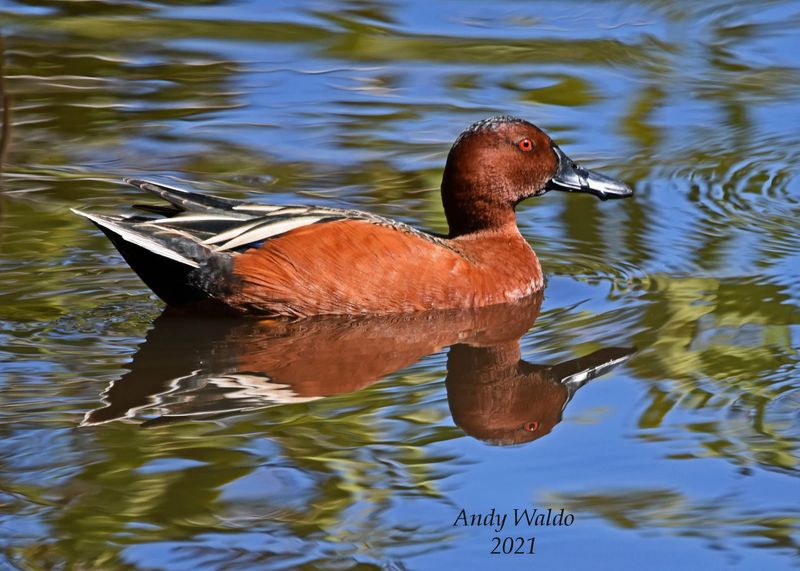
The Cinnamon Teal, with its striking reddish-brown plumage, adds a splash of warmth to the Los Angeles River. These ducks, known for their fast flight, thrive in the restored wetlands.
Their presence is a positive indicator of habitat restoration, supporting diverse avian life. As they glide through the water, they contribute to the river’s vibrant ecosystem.
Interestingly, Cinnamon Teals are among the earliest nesting ducks in North America, often laying eggs as early as March, taking advantage of the spring abundance.
Black-crowned Night Heron
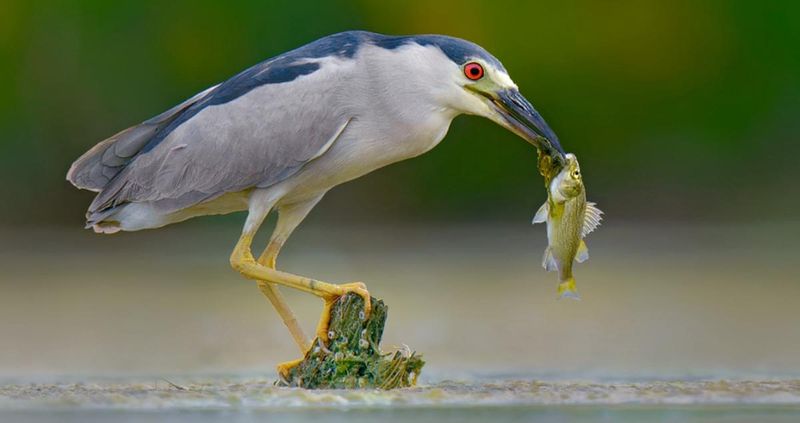
With a striking appearance and nocturnal habits, the Black-crowned Night Heron brings life back to the Los Angeles River during twilight hours. This elegant bird, with its contrasting black crown and white body, is a symbol of hope and renewal. As dusk falls, it silently stalks the riverbanks, hunting for fish with precision.
The return of this heron highlights the river’s improved health, attracting birdwatchers and nature enthusiasts alike. Its presence speaks volumes about the ongoing conservation efforts.
Did you know? This heron adapts well to both natural and urban environments, making it a resilient species in the face of change.

